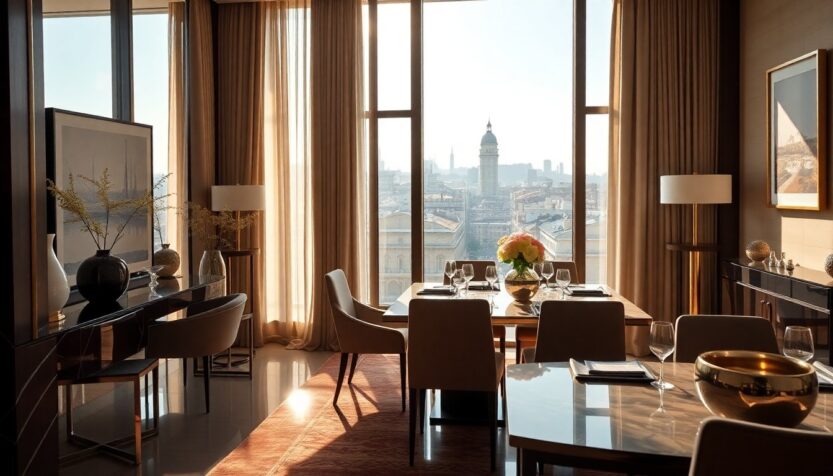The current state of the luxury real estate market in Milan
In the world of real estate, location is everything. An analysis of the luxury real estate market in Milan reveals a compelling narrative backed by data. Recent reports from OMI and Nomisma indicate that the luxury segment has demonstrated remarkable resilience despite fluctuations in the global economy.
Market overview with OMI/Nomisma data
Transaction data shows that the luxury real estate market in Milan has experienced a 10% increase in transactions over the past year. Prime locations such as Brera, Porta Venezia, and Duomo are pivotal in this growth, with average prices reaching upwards of €10,000 per square meter.
Analysis of the most interesting zones/types
In real estate, location is everything. The Brera district continues to be a prime investment area due to its rich cultural significance and aesthetic appeal. Meanwhile, the Navigli area, known for its picturesque canals, is drawing in a younger demographic seeking luxury and lifestyle. This shift towards urban living positions these neighborhoods as prime targets for strong ROI opportunities.
Price trends and investment opportunities
Transaction data shows that while overall prices in Milan are stabilizing, high-end properties are experiencing a notable rivalutazione in value. Investors should focus on properties that offer unique features or are located in emerging neighborhoods. Properties with a cap rate exceeding 5% are especially attractive, as they promise solid cash flow.
Practical tips for buyers and investors
Potential buyers and investors should consider the following practical tips:
- Focus on properties that feature unique architectural details or hold historical significance.
- Carefully evaluate thelocation; proximity to cultural and commercial hubs can significantly influence property value.
- Assess long-term rental potential, as demand for luxury rentals remains strong.
Medium-term predictions
The luxury real estate market in Milan is expected to experience continued growth. Anticipated international events and a steady influx of foreign investment will likely sustain demand for high-end properties. Additionally, an increasing emphasis on sustainability and modern amenities will influence buyer preferences, underscoring the need for investors to stay attuned to these evolving trends.






